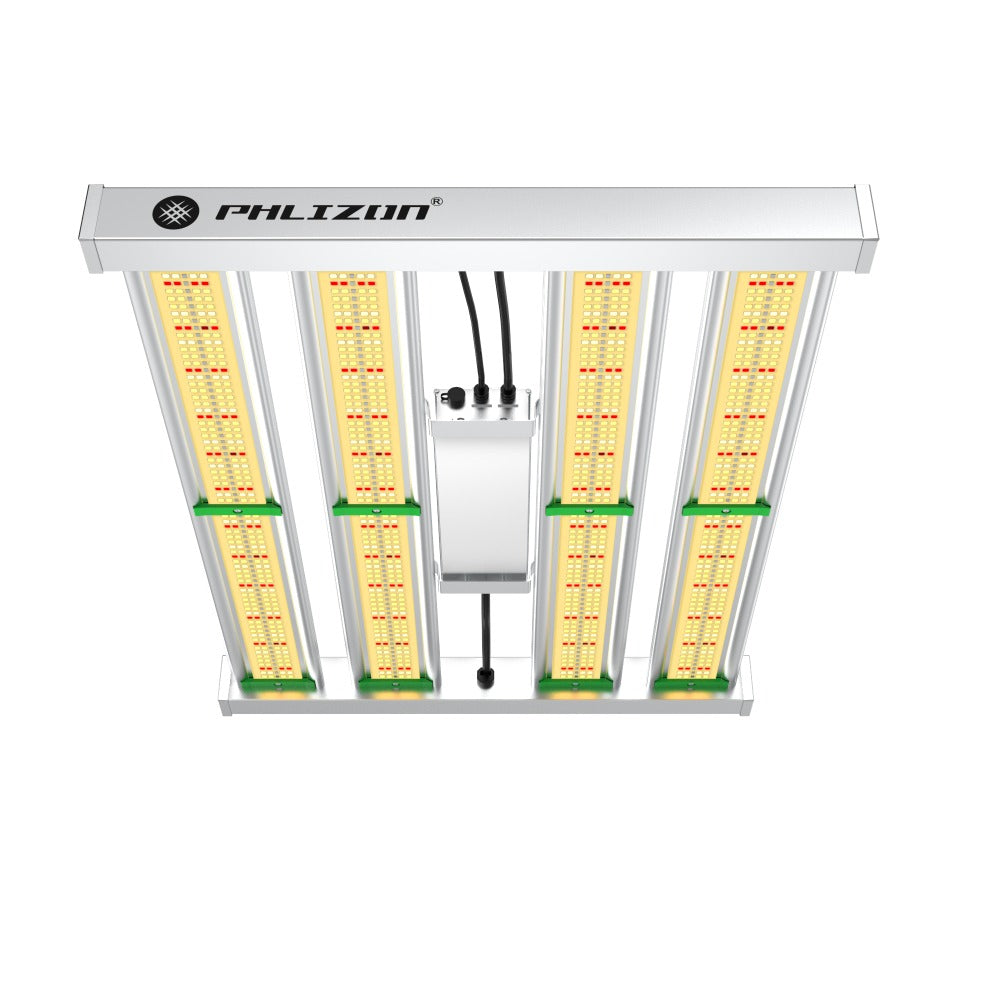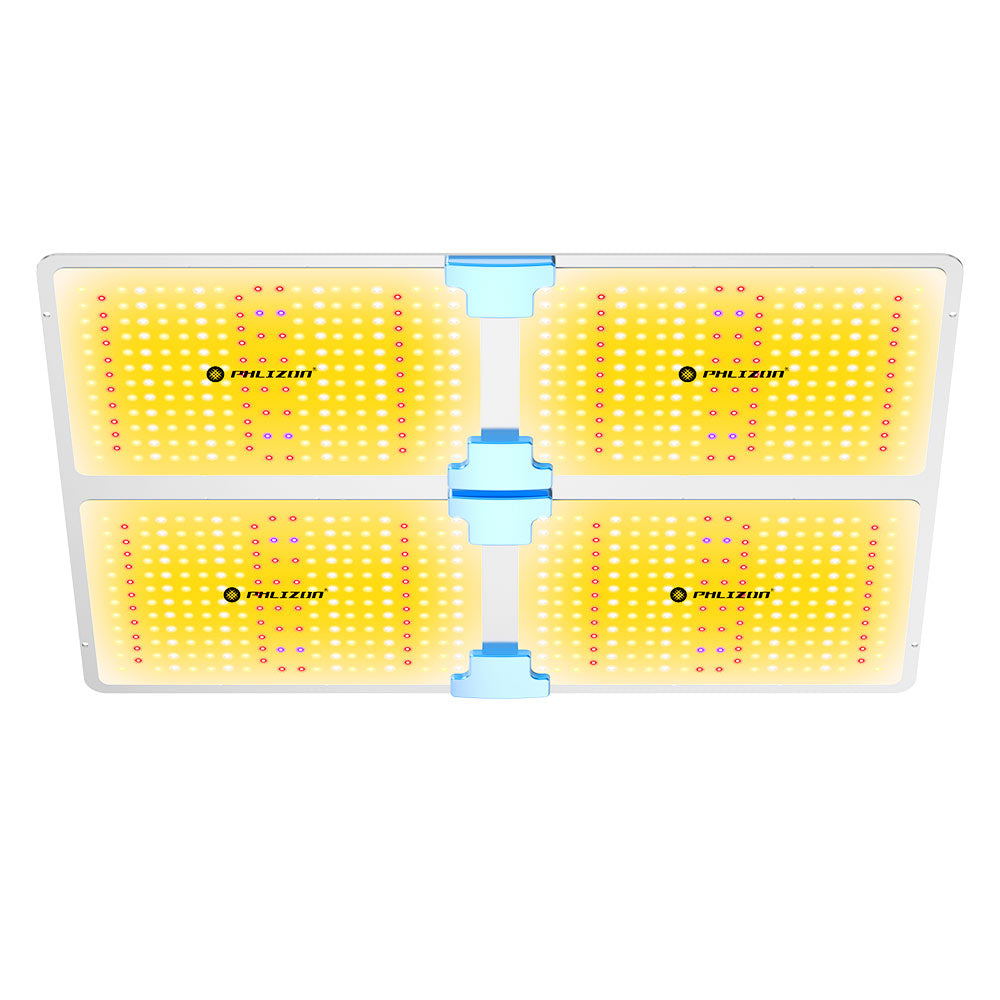Menu
Advantages of Full Spectrum LED Grow Lights
Buy 2pcs+ Get 10% OFF
Full Spectrum.
380nm-740nm, targeted light spectrum to keep indoor plants vigorous all year round.
Higher Yield.
High light intensity penetrates the canopy and increases the density of buds for a bumper crop.
Lower Heat.
LED grow lights produce less heat than traditional grow lights, reducing the need for additional cooling and helping to keep your grow room at the optimal temperature for your plants.
Longer Lifespan.
ETL/DLC certificated, more than 100000 hours lifespan. Longer service life than HPS grow lights.
FD-Series LED Grow Lights
Welcome to our PHLIZON LED Grow Lights Collection, providing the best in high-quality, full spectrum LED grow lights. Our collection, featuring models like the FD6000, FD8000, FD4500, FD6000 PLUS, and FD7500, are equipped with top-tier Samsung 281B LEDs, Samsung 301B and Osram LED, delivering full-spectrum led light illumination for your indoor gardening needs.
Our dimmable LED grow lights are designed to replace traditional HPS/MH lighting setups, providing efficient coverage for various growth stages. From seedlings to fully mature plants, our lights adapt to your needs with an adjustable light intensity range. Plus, with long lifespans of up to 250,000 hours, you're investing in a solution that lasts.
The user-friendly Multi-light Dimming Daisy Chain function in select models allows control of multiple units without a separate controller. Designed to resist water damage, our lights ensure durability and performance in various indoor environments. Choose the PHLIZON LED Grow Lights Collection for a sustainable, adaptable, and powerful indoor gardening experience.
PHLIZON FD9600 1000W Full-Spectrum+UV/IR Daisy Chain Dimmable Cost-effective High-yield Commercial LED Grow Light for 6×6FT
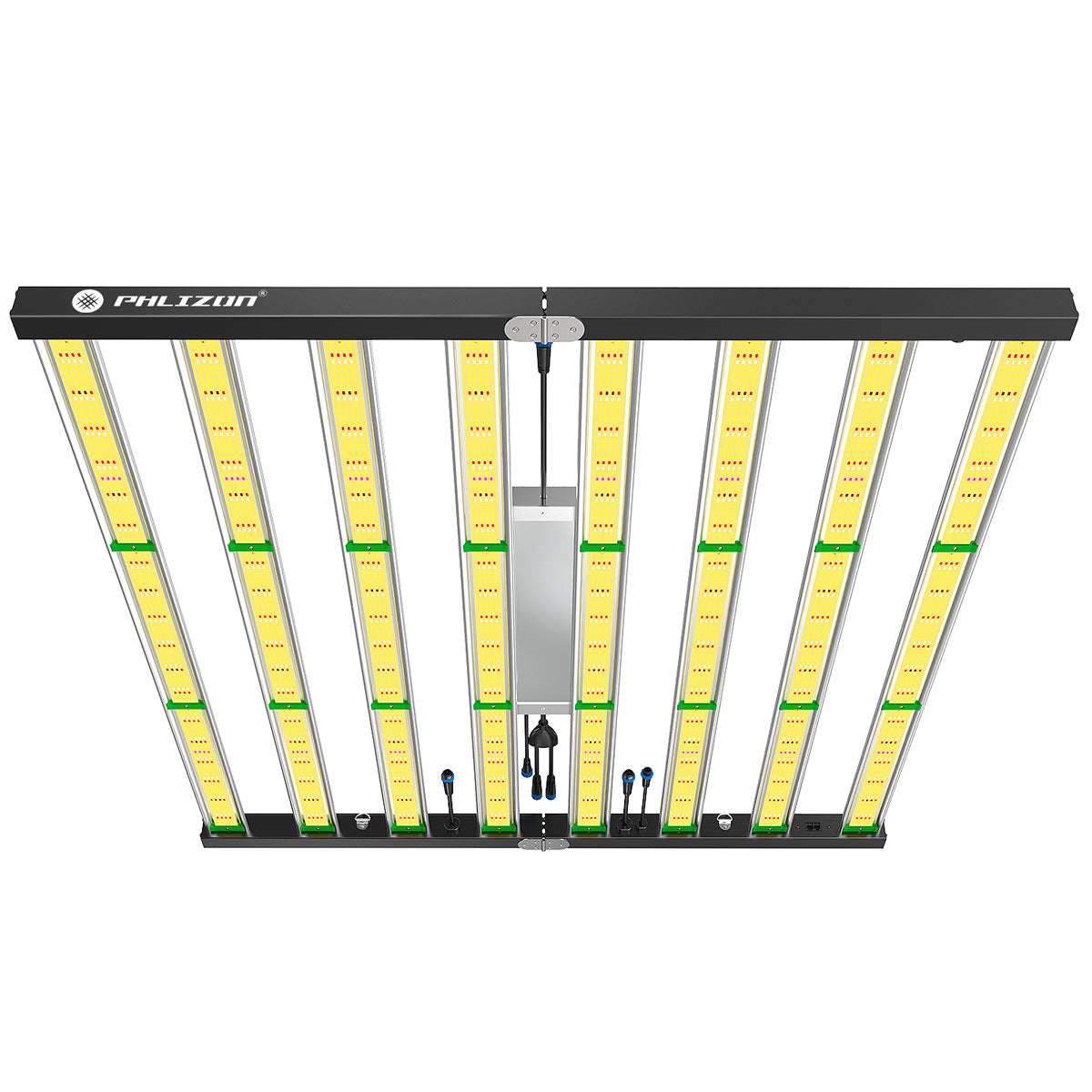
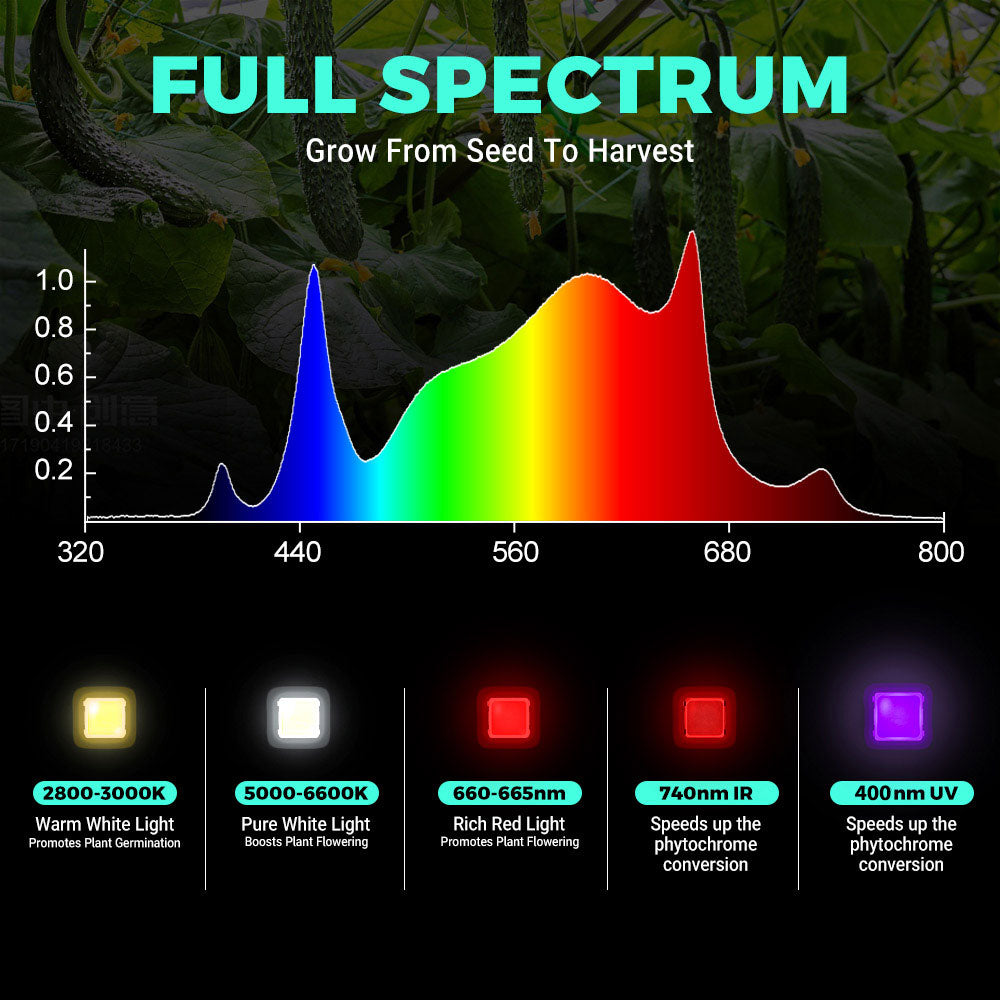
9% off


PHLIZON FD9600 1000W Full-Spectrum+UV/IR Daisy Chain Dimmable Cost-effective High-yield Commercial LED Grow Light for 6×6FT
- Sale price
- US$419.99
- Regular price
- US$459.99
PHLIZON FD6000 640W Full-spectrum Daisy Chain Dimmable Cost-effective High-yield Commercial LED Grow Light for 4×4FT
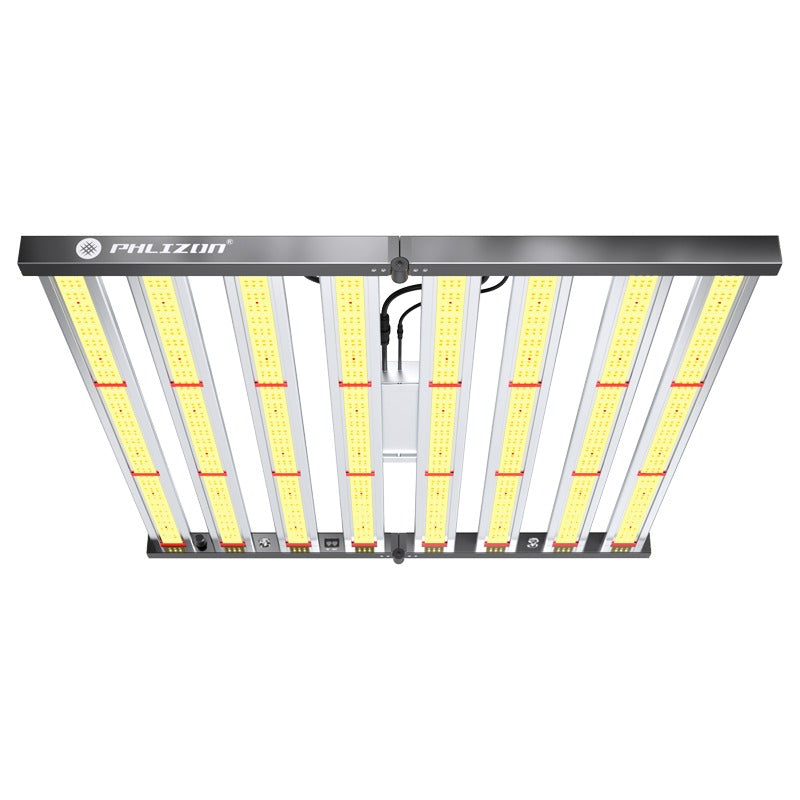
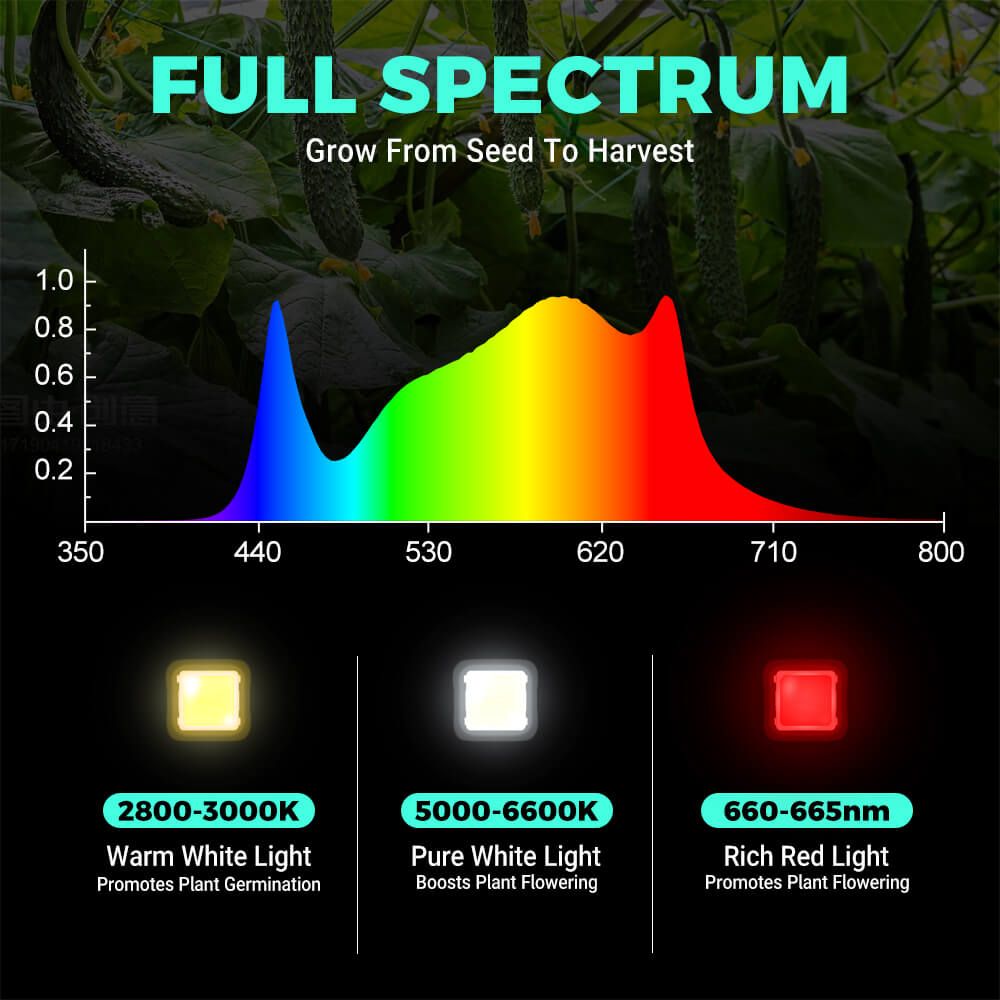


PHLIZON FD6000 640W Full-spectrum Daisy Chain Dimmable Cost-effective High-yield Commercial LED Grow Light for 4×4FT
- Price
- US$299.99
PHLIZON FD4500 450W Full-spectrum Daisy Chain Dimmable Cost-effective High-yield Commercial LED Grow Light for 4×4FT
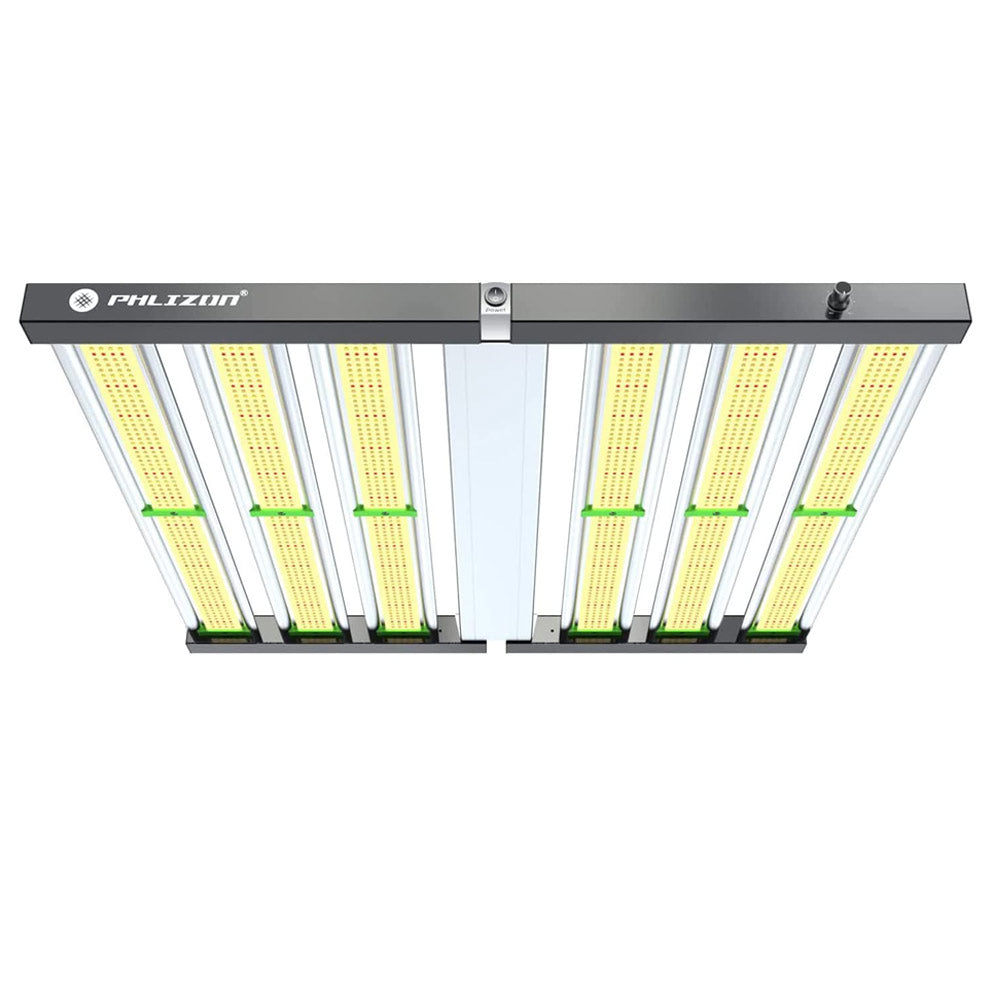
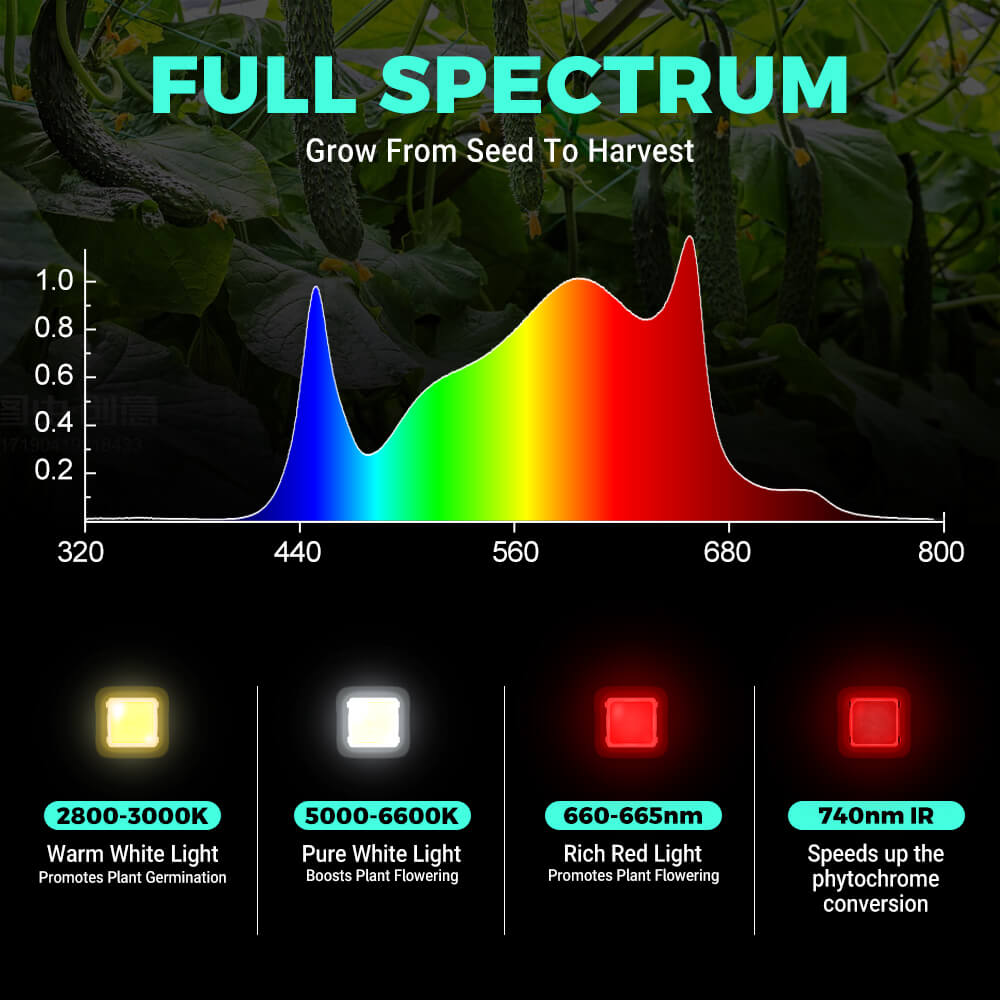


PHLIZON FD4500 450W Full-spectrum Daisy Chain Dimmable Cost-effective High-yield Commercial LED Grow Light for 4×4FT
- Price
- US$299.99
PHLIZON FD6000 PLUS 640W Full-spectrum Daisy Chain Dimmable Cost-effective High-yield Commercial LED Grow Light for 4×4FT
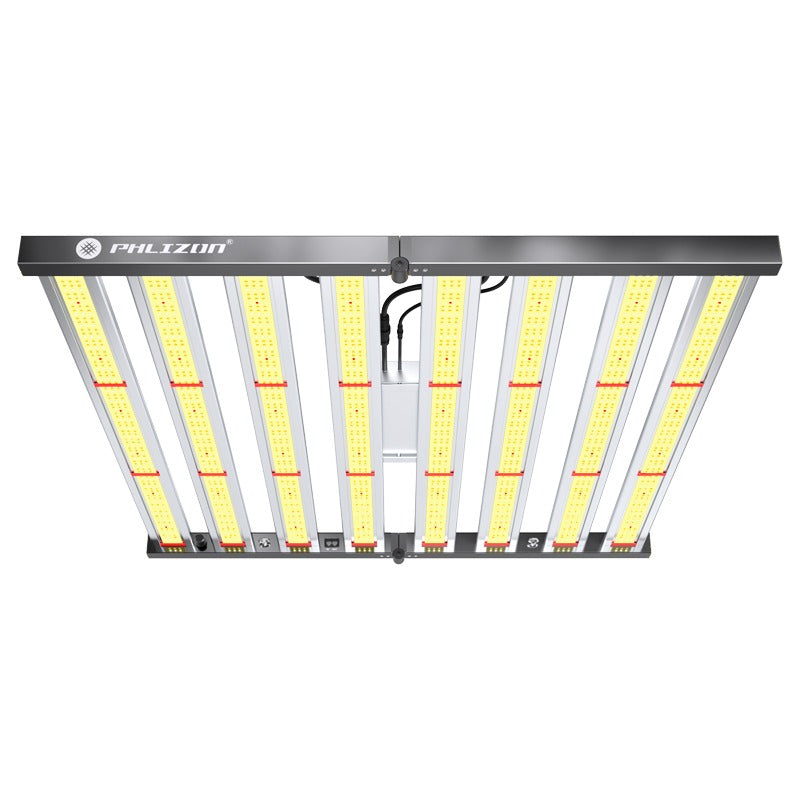
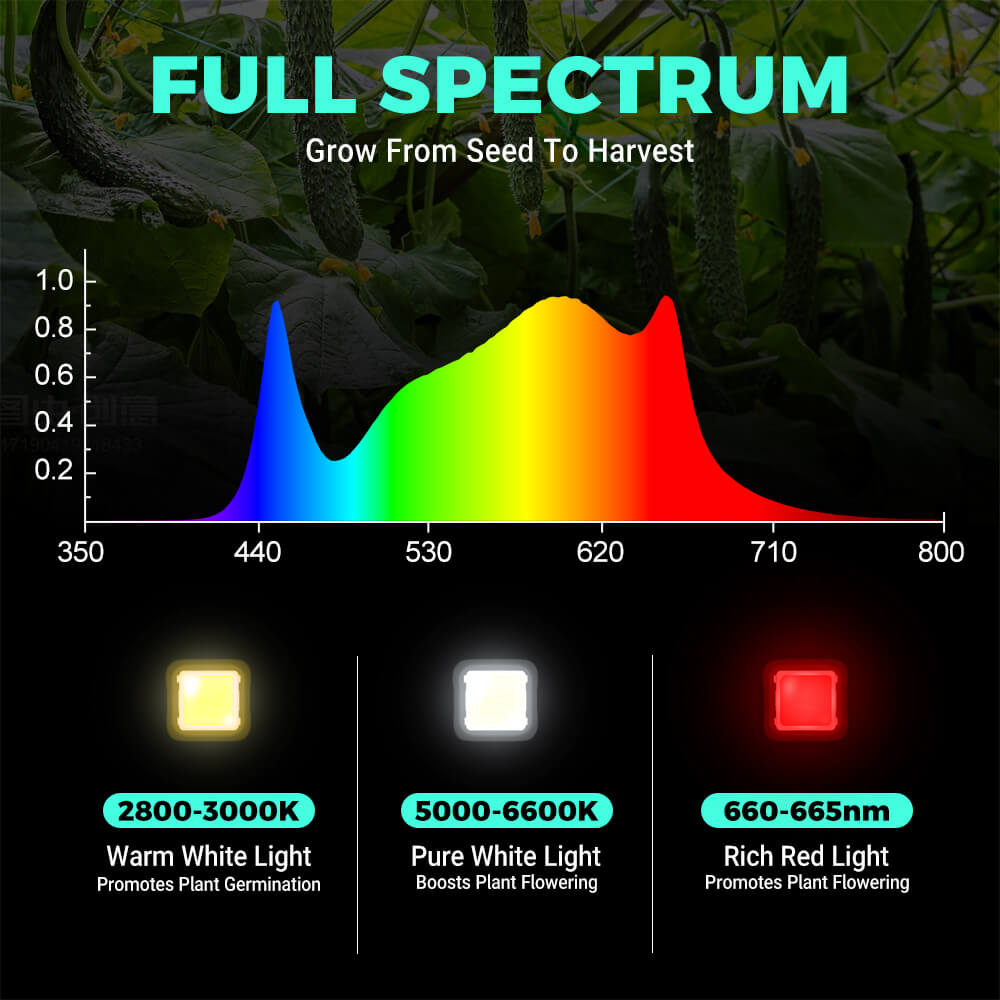
23% off


PHLIZON FD6000 PLUS 640W Full-spectrum Daisy Chain Dimmable Cost-effective High-yield Commercial LED Grow Light for 4×4FT
- Sale price
- US$299.99
- Regular price
- US$389.99
PHLIZON FD4000 420W Full-spectrum Daisy Chain Dimmable Cost-effective High-yield Commercial LED Grow Light for 4×4FT
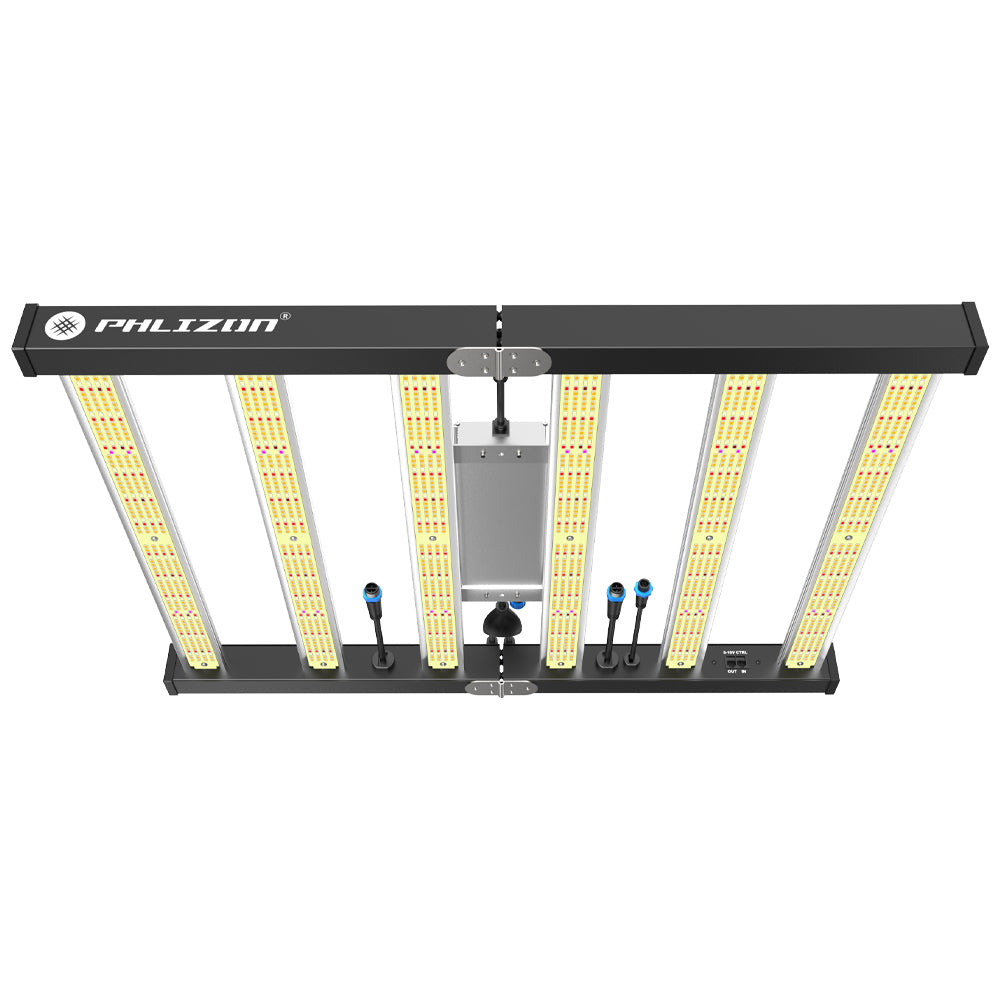
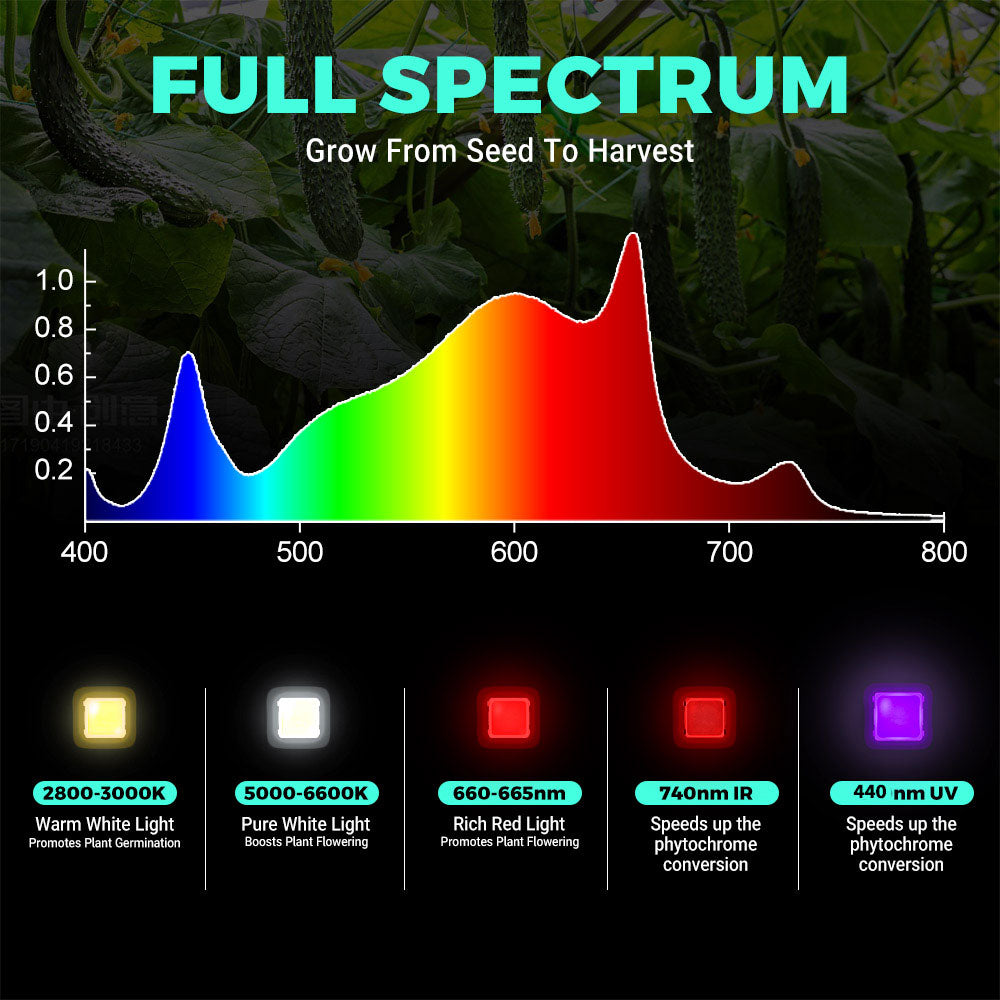


PHLIZON FD4000 420W Full-spectrum Daisy Chain Dimmable Cost-effective High-yield Commercial LED Grow Light for 4×4FT
- Price
- US$229.99
PHLIZON LED Grow Light Smart Universal Controller(RJ14 and RJ45 Port)
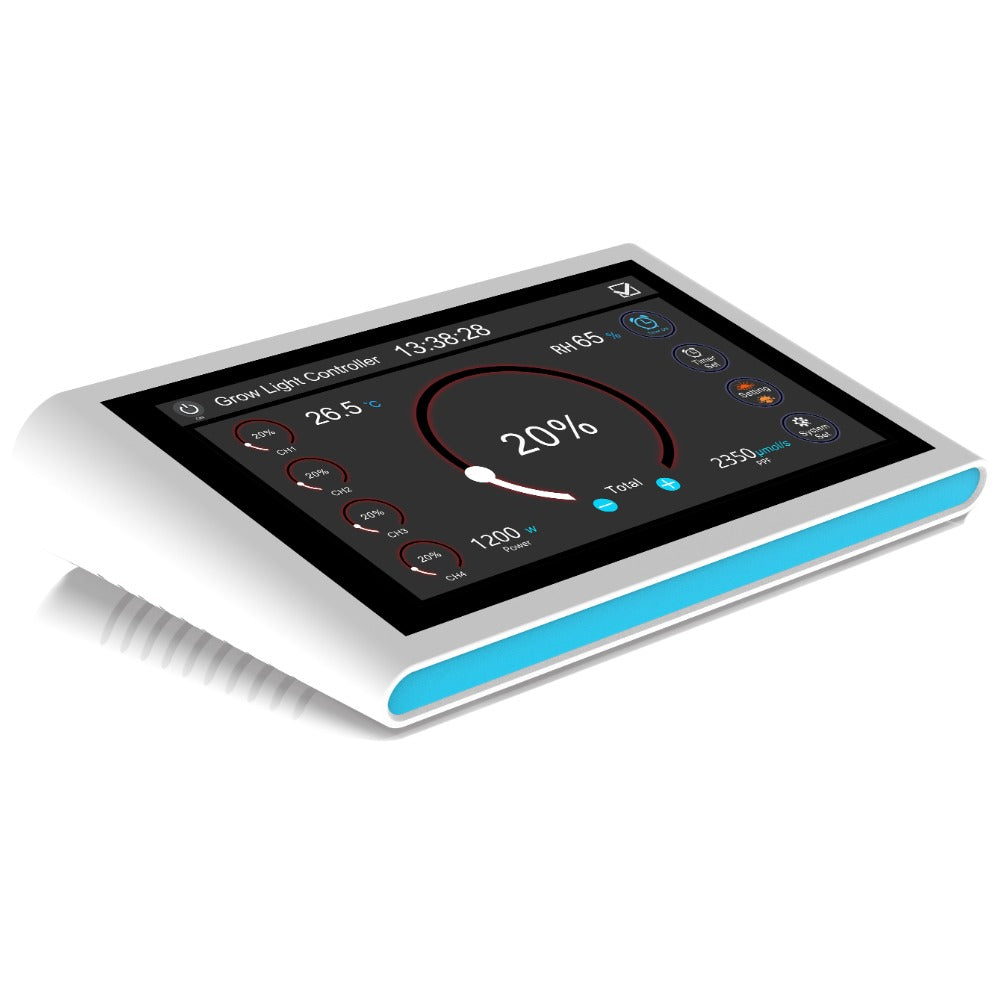
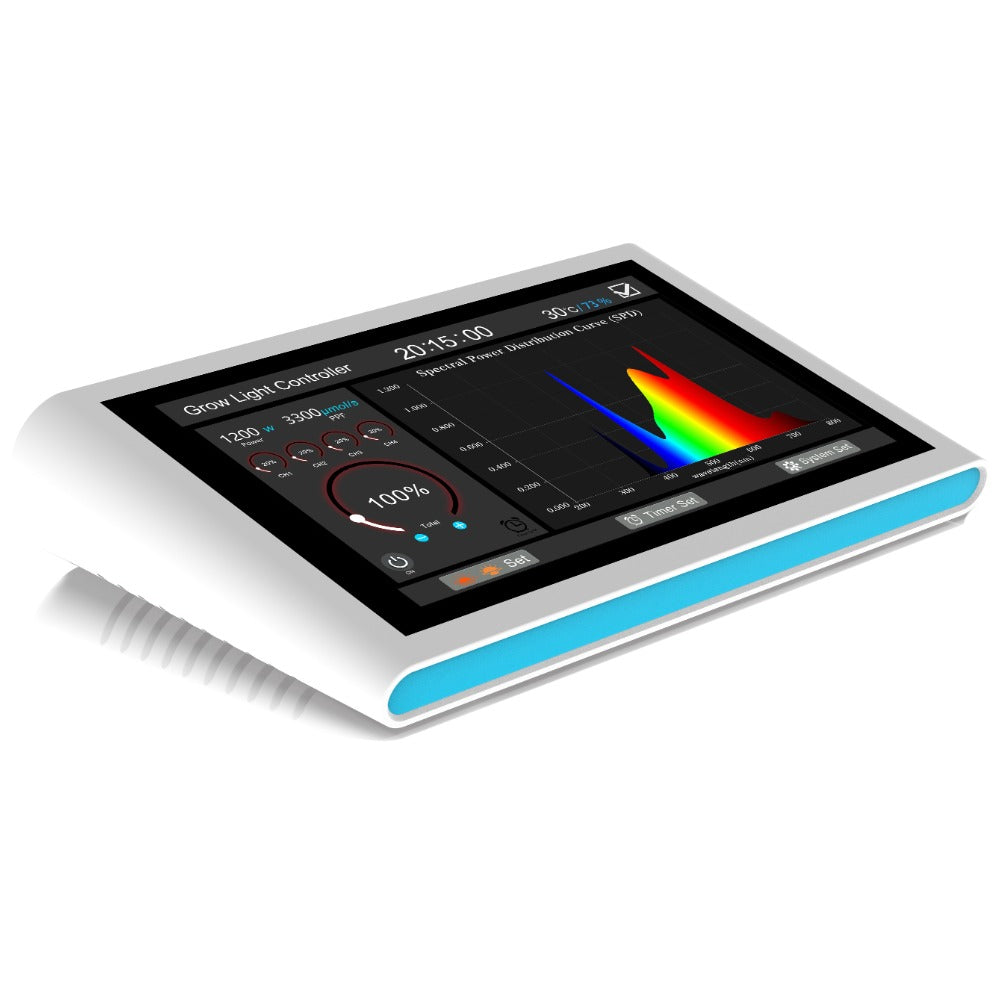


PHLIZON LED Grow Light Smart Universal Controller(RJ14 and RJ45 Port)
- Price
- US$259.99
PHLIZON FD7600 800W Full-Spectrum+UV/IR Daisy Chain Dimmable Cost-effective High-yield Commercial LED Grow Light for 6×6FT
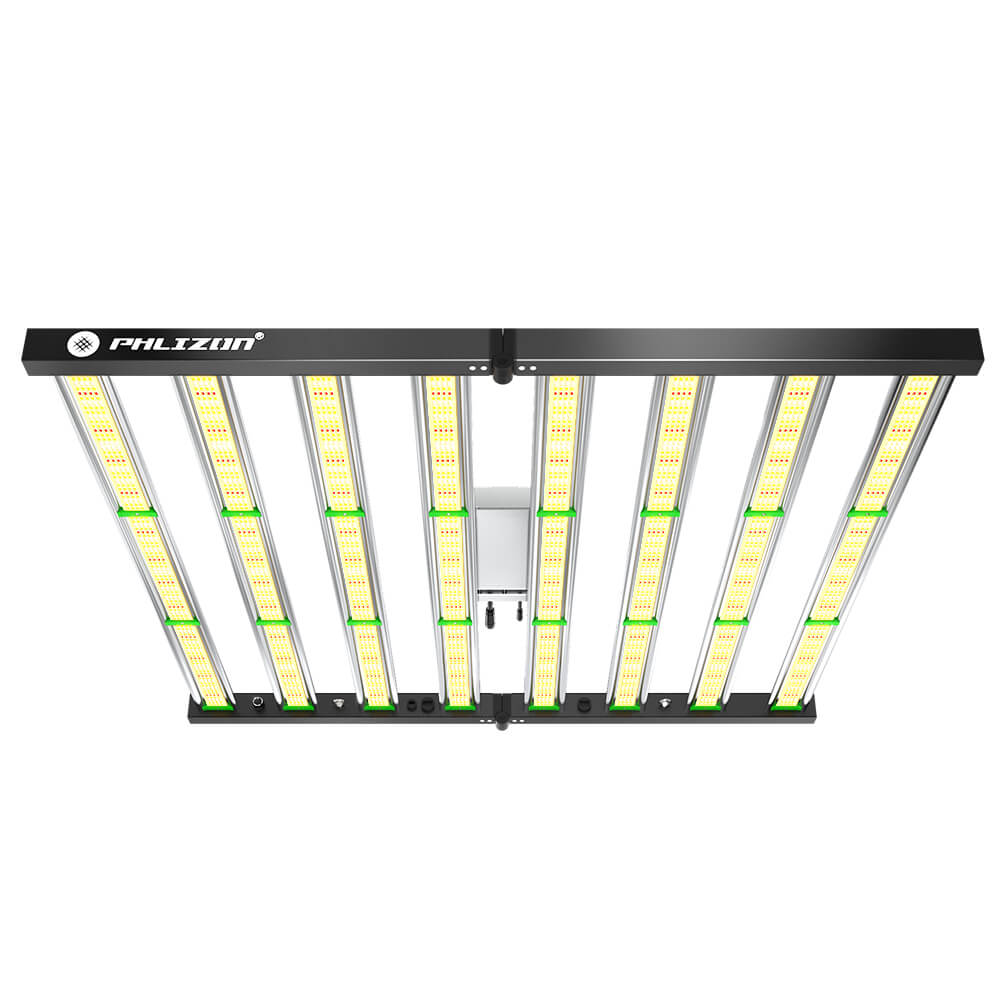
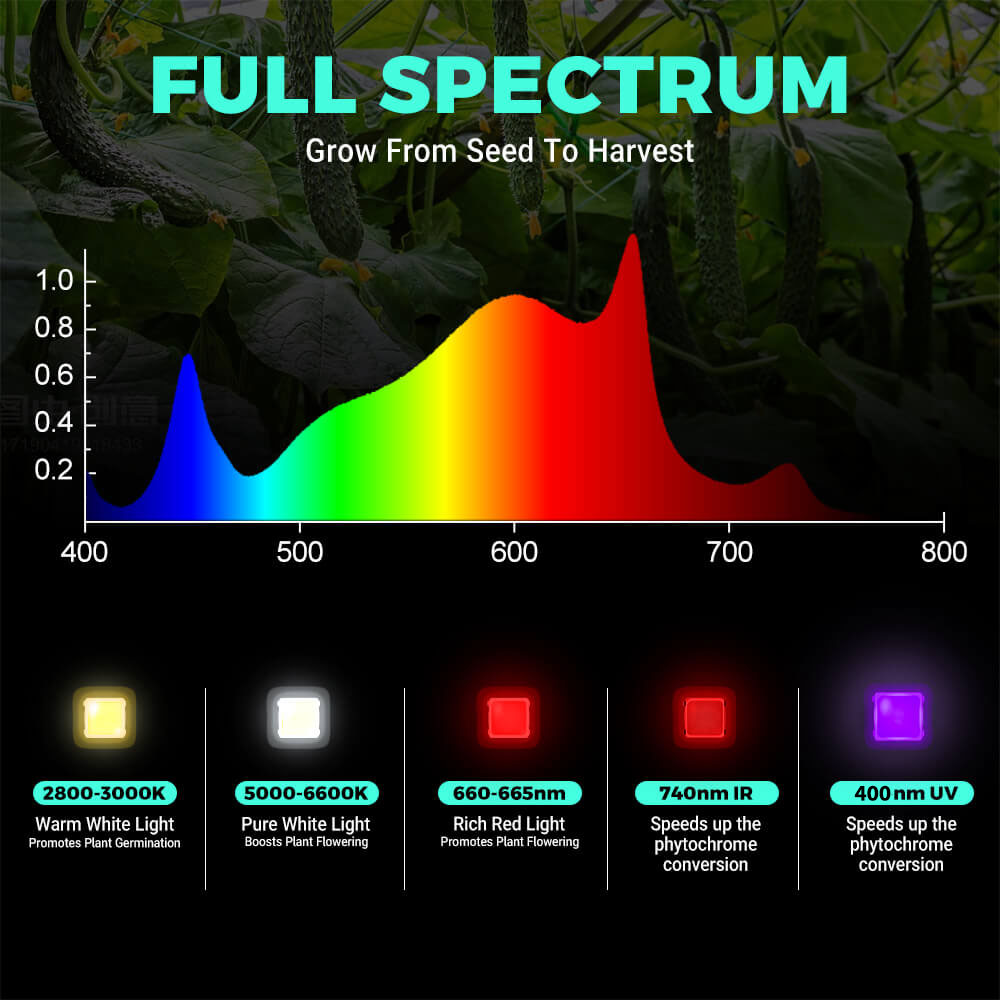


PHLIZON FD7600 800W Full-Spectrum+UV/IR Daisy Chain Dimmable Cost-effective High-yield Commercial LED Grow Light for 6×6FT
- Price
- US$449.99
PHLIZON FD7500 PLUS 720W Full-spectrum Daisy Chain Dimmable Cost-effective High-yield Commercial LED Grow Light
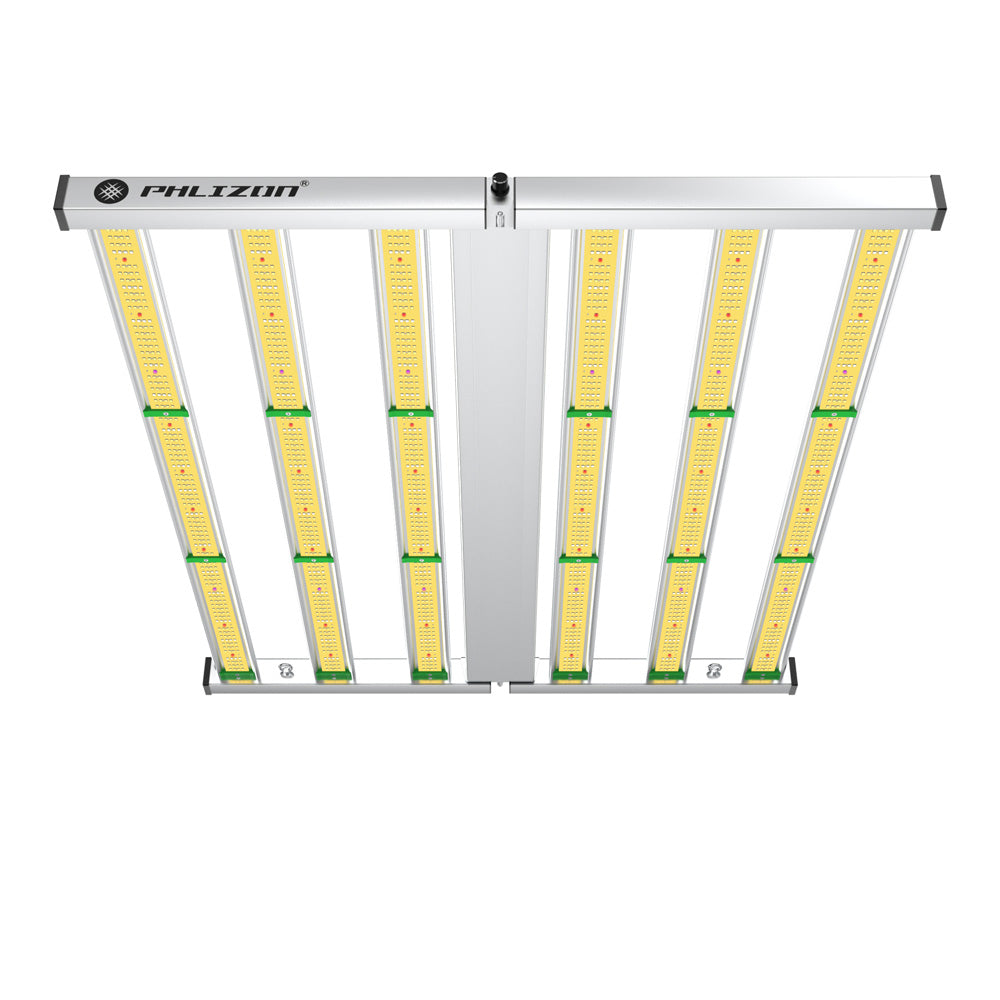
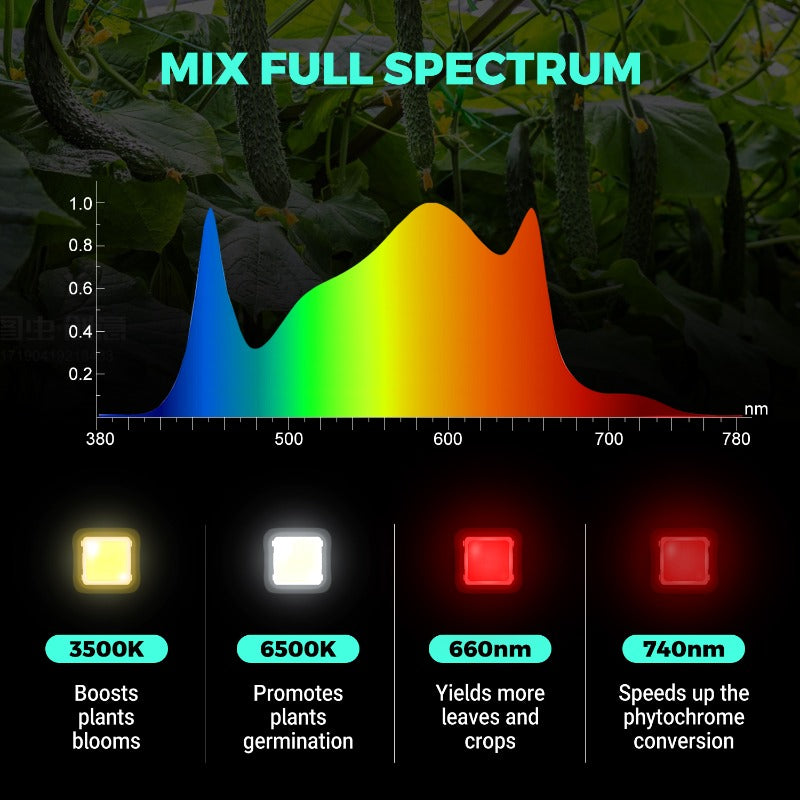


PHLIZON FD7500 PLUS 720W Full-spectrum Daisy Chain Dimmable Cost-effective High-yield Commercial LED Grow Light
- Price
- US$489.99
PHLIZON PH-FD04-I 1000W Full-spectrum Dimmable LED Grow Light with Optical Lens Improved Lighting Uniformity
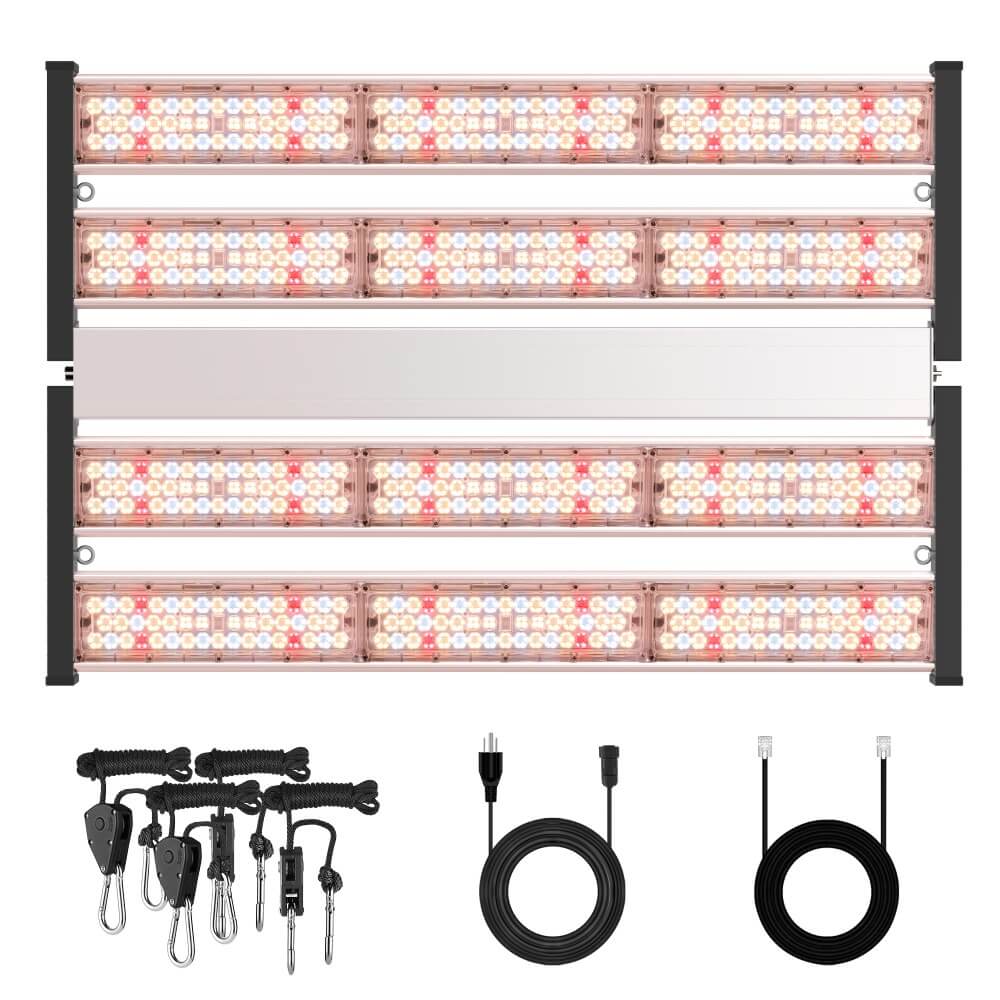
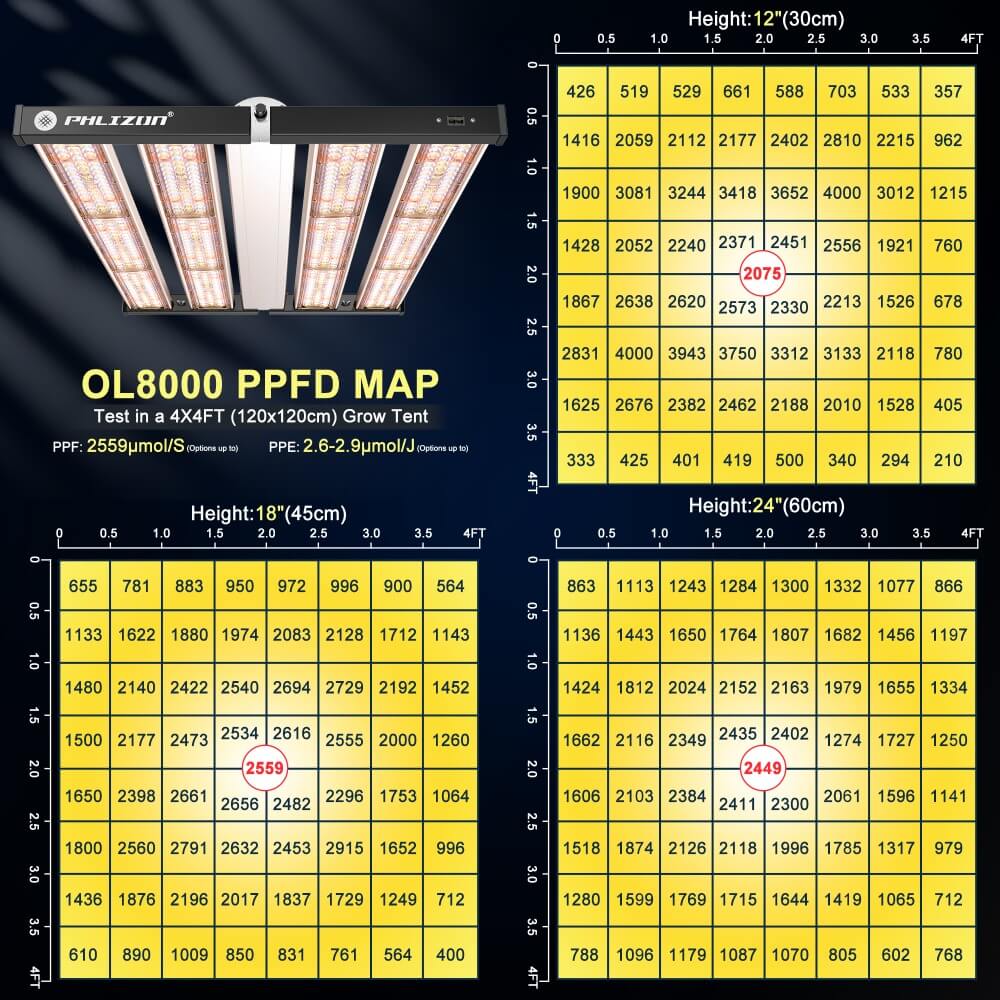


PHLIZON PH-FD04-I 1000W Full-spectrum Dimmable LED Grow Light with Optical Lens Improved Lighting Uniformity
- Price
- US$899.99
What Are Full Spectrum LED Grow Lights?
Full-spectrum LED grow lights refer to a light that covers all wavelengths of the electromagnetic spectrum that is beneficial to plants. The term full spectrum has been tremendously used in horticultural lighting and was first time used in the 1960s by Dr. John Ott to describe electric light sources that simulate the visible and ultraviolet (UV) spectrum of natural light. Plants need natural light for their food as well as to do other functions like flowering or fruit production. In the absence of natural solar light, full-spectrum light helps assist plants to do these activities. However, it is to be noted that plants grow best at a balanced spectrum.
How Do They Work?
Full spectrum LED grow lights typically contain a wavelength range of 400 to 700 nanometers (nm), which includes both visible and invisible light. The visible light range includes blue light (400-500 nm) and red light (600-700 nm), which are essential for plant growth and development. The light spectrum emitted by full-spectrum LED grow lights is designed to mimic natural sunlight, providing the light energy needed for photosynthesis and promoting healthy plant growth. This type of lighting technology is highly efficient and contributes greatly to indoor gardeners achieving high yields and healthy plant growth.
Practical Considerations for Using Full Spectrum LED Grow Lights
To optimize plant growth, it's best to provide different light spectra at each growth stage. But what is the ideal spectrum for each stage? For seedling growth, it's recommended to use a full-spectrum LED grow light with a color temperature of 5000K-6500K, offering a balanced mix of blue and red light, with a focus on more blue. This ensures seedlings get the necessary light for healthy development.
Full spectrum LED grow lights generate less heat compared to traditional lighting options. This allows for closer proximity to plants without risking heat damage, enabling optimal light penetration and reducing the need for additional cooling systems. With full-spectrum LED grow lights, cultivators can fine-tune the light spectrum according to the specific needs of their plants. By adjusting the intensity and ratios of different wavelengths, growers can optimize growth, flowering, and fruiting stages.
Full Spectrum LED Grow Lights,Are They Worth It?
Full spectrum LED grow lights are known for their energy efficiency and long lifetime compared to traditional grow lights such as high-pressure sodium (HPS) or metal halide (MH) lamps. They also generate less heat, reducing plant damage and fire hazards. Another advantage of these lamps is their versatility. They can be used to grow a wide variety of crops, from small plants to large fruits and vegetables. They are also suitable for a variety of indoor growing setups including hydroponic systems, vertical farms and indoor grow tents.
FAQ
What makes full spectrum LED grow lights different from regular LED lights?
Full spectrum LED grow lights are designed to emit a wide range of wavelengths that mimic natural sunlight, including blue, red, and sometimes UV and IR light, which plants need for photosynthesis and growth. Regular LED lights, like those used for home lighting, aren’t tailored for plant needs and often lack the specific wavelengths that optimize growth.
Can I use full spectrum LED grow lights for all types of plants?
Yes, they’re incredibly versatile! Whether you’re growing leafy greens, flowering plants, or even fruiting crops like tomatoes, full spectrum LEDs provide the balanced light needed for all growth stages. Just adjust the intensity and duration based on what your plants prefer.
How far should I place these lights from my plants?
It depends on the wattage and your plants’ needs, but generally, 12-24 inches is a good starting point for most full spectrum LEDs. Seedlings might need them farther away to avoid light burn, while mature plants can handle closer proximity.
Do full spectrum LED grow lights really save energy?
Absolutely. They use less electricity than traditional grow lights like HPS or fluorescents, often by up to 50%. Plus, they produce less heat, so you’re not spending extra on cooling systems.
How long should I leave the lights on each day?
It varies by plant and growth stage. Seedlings often need 14-18 hours, vegetative plants do well with 12-16 hours, and flowering plants might thrive on 10-12 hours. Mimic natural daylight cycles and tweak based on how your plants respond.
Will these lights work in a small apartment?
Definitely! They come in all sizes, from small clip-on units for a few herbs to larger panels for bigger setups. Their low heat output also makes them ideal for tight spaces where ventilation might be limited.
Featured blog
- Choosing a selection results in a full page refresh.
